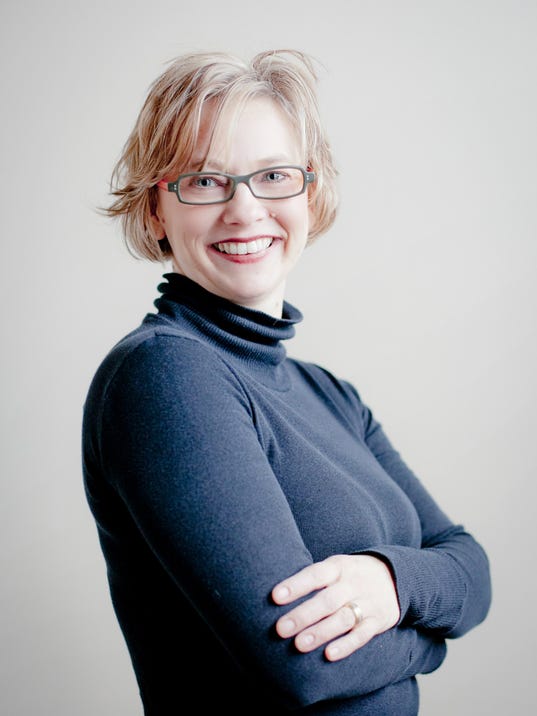 |
| (Photo: Allana Rogge / studiofotografie.net ) |
On this big-deal occasion, this ritual marker in the life of a member of the church, Walt’s father (also, it’s worth noting, his pastor) gave him three gifts: a Bible, a microscope and a telescope.
Now, it seems to me that some things seem designed to offset (and even set off!) one another: fire and water, dogs and cats, the best of times and the worst of times, Boehner and Obama.
But perhaps no contrast, no chasm, no division seems so obvious, so innate, so intrinsic to the Natural Order of Things than that of science and religion.
On that, at least, religiously and scientifically inclined people can find agreement — unless you are like Walt’s father, a theologian and lover of science, or like Dr. Francis Collins, the director of the Human Genome Project, a scientist and lover of God.
Now I understand some of the different reasons and ways to keep these two arenas separate: for example, the idea that science and religion don’t address the same sorts of questions; that they have competing goals; that to mingle science and religion degrades them both, each fouling the other.
As for me, I throw my lot in with Walt’s father and Collins.
In fact, religion and science share more than you might think: Both are powerfully curious, both powerfully awed by mystery and both, interestingly, depend at the end of the day on faith.
That is, no one can ultimately prove anything beyond a doubt; and furthermore, no one — neither scientist nor religious person — can seem to definitively answer this one-word question: Why?
Our track record, though, doesn’t stop any of us from asking it — and a slew of other questions to boot.
Richard Feynman, a scientist made famous for his O-Ring explanation of the explosion of the Challenger (and also because he was one heck of a bongo player) once said this:
If a thing is not scientific, if it cannot be subjected to the test of observation, this does not mean that it’s dead, or wrong, or stupid. We are not trying to argue that science is somehow good and other things are somehow not good. Scientists take all those things that can be analyzed by observation, and thus the things called science are found out. But there are some things left out for which the method does not work. This does not mean those things are unimportant. They are, in fact, in many ways the most important.
I like that a lot: science seeks answers to things that can be observed. Some things can’t be observed. Both the observable, though, and the unobservable make up our reality, and to that degree, it’s worth it for a scientist to read over a religious person’s shoulder, and for a religious person to read over a scientist’s.
In other words, there are complementary truths that both science and religion offer us: not competing truths, necessarily, but complementary ones.
Joseph Sittler, a late Lutheran theologian, loved science and would have liked Feynman’s take on things. Sittler had the same idea but framed it in different words and ways. Looking at the creation story, he saw that these early, deeply religious people were simply not asking scientific questions. They were asking religious ones: “That first page (of the Bible) is not geology, biology or paleontology; it is high religion. ... And if we could understand that, we would cease worrying about whether the antelopes or the cantaloupes came in a certain order.”
It’s a false dichotomy, that is, pitting science and religion against one another. The two traditions are rather more like fraternal twins: related but distinct — kind of like a Bible, a microscope and a telescope.
Each thing reveals something unique but connected: something of reality, something of the interrelatedness of creation and something of the mystery of it all.
Freelance theologian Anna Madsen is director of OMG: Center for Theological Conversation in Sioux Falls. Follow her writing and speaking events at Facebook, Twitter and www.omgcenter.com.
http://www.argusleader.com/story/life/2014/10/05/madsen-science-religion-odds/16664915/
No comments:
Post a Comment